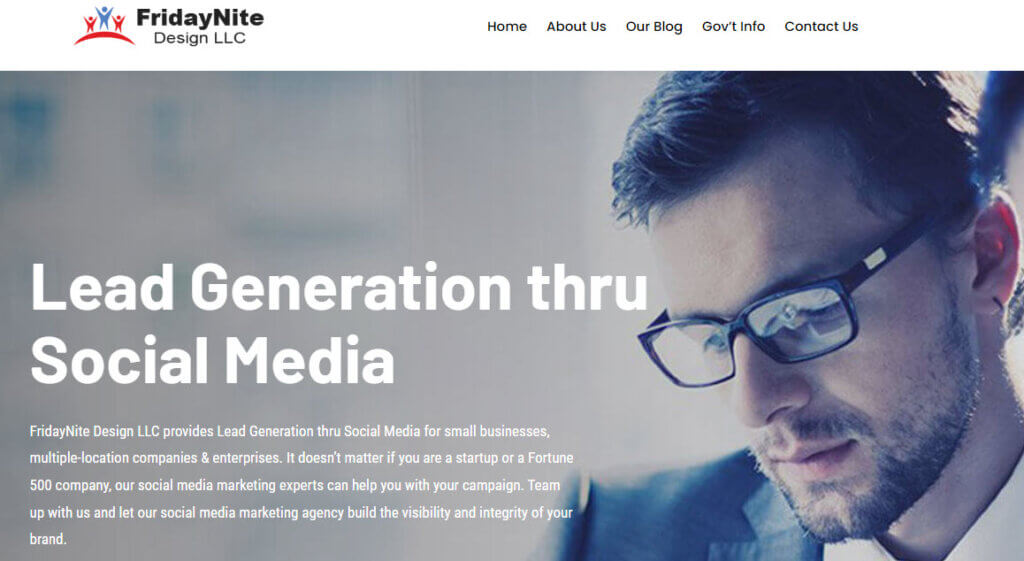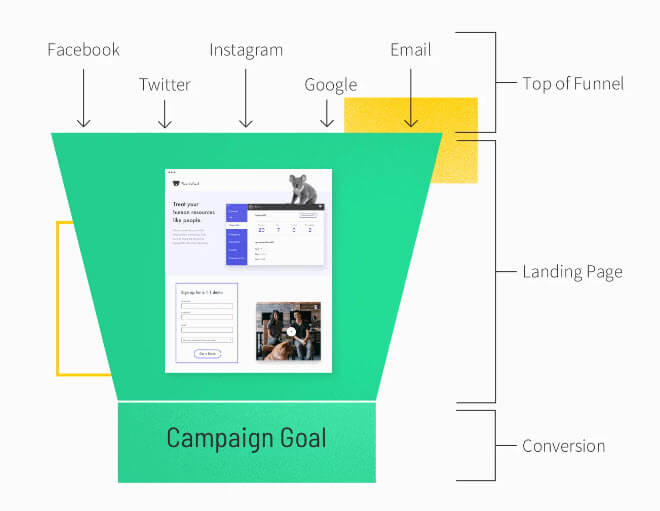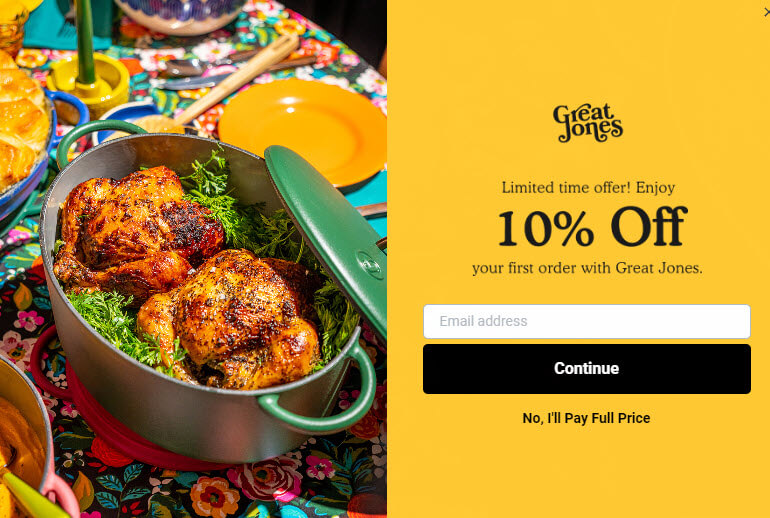What is the difference between a homepage and a landing page?
Many people are unfamiliar with the differences between a homepage and a landing page, although both have the same goal of directing visitors to specific destinations. A homepage serves as the main entry point for any website and is designed to provide an overview of the content, services, or products that can be accessed. On the other hand, landing pages are created with a single purpose – usually to convert visitors into leads or customers – and therefore have more limited visuals and information than a homepage. Landing pages contain strong calls to action that entice visitors to click through and are often used in marketing campaigns.
Landing pages can also reduce distractions by filtering out irrelevant information that may be present on homepages. Both homepages and landing pages play an essential role in driving website traffic, but they serve different purposes. Landing pages are typically more targeted than homepages as they focus on lead generation. Homepages incorporate more general-purpose content and visuals, giving first-time site visitors an idea of the services or products offered. In short, homepages introduce a website’s identity, whereas landing pages are specifically designed to prompt action from visitors. By understanding the difference between these two-page types, you can ensure you create high-performance websites that attract your target audience and enable growth for your business.
Sample Home Page

A homepage serves as the main entry point for any website and is designed to provide an overview of your content, services, or products that can be accessed from it.
- Occupies your root domain (www.yourwebsite.com).
- Receives traffic mostly from organic search.
- Links to every other important page of your website.
- Gives a comprehensive overview of what your business does.
- It uses a broad call to action, such as “Contact Us” or “Learn More”.
Landing Pages
On the other hand, landing pages are created with a single purpose – usually to convert visitors into leads or customers – and therefore have more limited visuals and information than a homepage. Landing pages contain strong calls to action that entice visitors to click through and are often used in marketing campaigns. Landing pages can also reduce distractions by filtering out irrelevant information that may be present on your homepage.
- It Is a secondary page on your website (www.yoursite.com/landingpage)
- Receives traffic mostly from paid marketing campaigns (search ads, social ads, email marketing, etc.).
- Omits navigation options. (keeps folks from getting distracted) ****
- Stays focused on a single topic or offer throughout the page.
- It uses a specific call to action, such as “Sign Up” or “Buy Now.”
How can you create an effective landing page for your business or blog?
Creating an effective landing page for your business or blog is essential for attracting customers and readers. The landing page should focus on the main message, product, or service you offer, so it’s important to craft a page that immediately grabs visitors’ attention. Generally, landing pages include text, images, and video.
Keeping clutter to a minimum will help ensure visitors aren’t overwhelmed by excessive distractions. A clear call to action is also beneficial because visitors can easily access the relevant resources or reach out with any inquiries.Finally, landing pages should always be simple and intuitive – anything too complicated or convoluted will deter potential customers from engaging further with your brand or content. With an effective landing page, businesses can attract more customers and grow their following.
Tips for creating a compelling call to action on your landing page
A key element on your landing page is a “Call to Action” (CTA) It should be very clear what you what the reader to do on the landing. First, make sure the CTA stands out from the surrounding content by using contrastive colors and/or fonts or having a bold button with attention-grabbing text. Additionally, try crafting a specific message that tells the reader precisely what will happen next if they take action — for example, “Sign up now to unlock your discount!”
Finally, create trust among prospective customers by providing reassurance through testimonials, security seals, or other supportive resources. By following these tips—and testing different versions—you’re sure to create a compelling call to action that propels conversions.
When should you use a homepage vs. a landing page on your website or blog?

It’s essential to understand the difference between a homepage and a landing page when building a website or blog. A homepage is the main page of your website, where users will land if they type your URL directly into their browser. It is typically used to orient visitors to what you do, who you are, and any additional information about your products or services that might be useful. On the other hand, a landing page serves as an entryway for leads who come through digital channels such as ads or emails.
Landing pages are designed with a single purpose – to encourage leads to convert into customers – and typically provide minimal navigation options so leads can focus on converting. It is essential to use a well-crafted combination of homepages and landing pages on websites and blogs to maximize potential leads while providing engaging content and helpful information for existing customers. By understanding the difference between these two types of pages, you can ensure that you’re creating an efficient website that can help boost leads and conversions.


